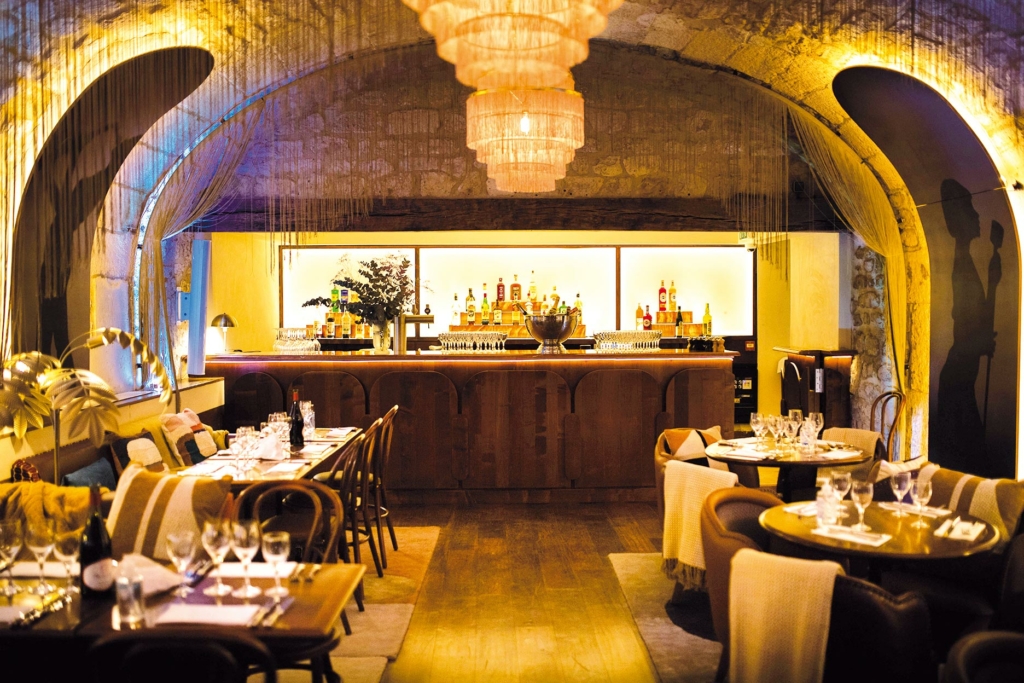Borno Reconstruction, Rehabilitation and Development:
A response strategy for creation of sustainable livelihoods

Boko Haram wars, and environmental disasters, all lead to large scale impacts on life, property, infrastructure, and social and cultural relationships.

This article it puts forward a disaster response strategy to rebuild lives and livelihoods in a manner that paves a way for long term sustainable development in Borno State. In both
human- made and natural disaster situations the impacts can be mitigated to a large extent through adequate planning and preparedness. Negative impacts of human- made disasters can be managed, if social, ecological and economic consequences of our actions are considered and development decisions made accordingly.

The consequences are, of-course the most obvious and immediate, loss of life, property and infrastructure. The more long term and difficult outcome increased vulnerability to elements, loss of livelihoods, increased poverty, economic recession, malnutrition, leading to out- migration from villages, enhanced social disparities and strife.
Mechanisms of Response
Disaster response has been at four levels.
- Relief immediately after the calamity, lasting from the first 24
hours to about two to three months and catering to immediate shelter, food, water and medical assistance. - Reconstruction following relief and extending to a period of
approximately two years, aimed at rebuilding the basic physical
infrastructure and shelter to enable people to begin afresh; and, - Rehabilitation, that looks at more long term inputs of
reinstating lost livelihoods, introducing new economic opportunities and improving land and water management processes so as to reduce people’s vulnerability and enhance capacities to handle future calamities. - Readiness, a response which should ideally have been a proactive measure, is to enhance preparedness in identified vulnerable regions by introducing mechanisms and methods of construction that mitigate impacts of future disasters.

A Holistic Approach
The process of reconstruction involves partial or complete relocation and rebuilding the essential physical infrastructure and shelter (house) so that vulnerability levels are reduced and families are able to get back to their feet. Reconstruction therefore paves the way for long term rehabilitation.
To be continued







